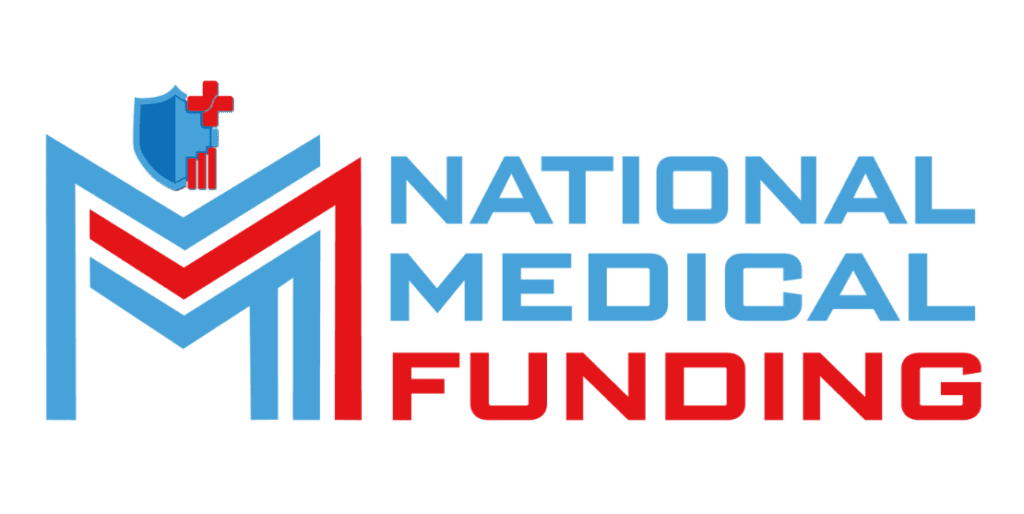
How AI Is Reshaping Healthcare Financing: Wha
Artificial Intelligence (AI) is no longer a futuristic ...

Saturday and Sunday – CLOSED
support@nationalmedicalfunding.com



In 2025, the landscape of healthcare financing is undergoing a significant transformation. Traditional bank loans, once the primary source of funding for medical practices, are no longer the sole option. Healthcare providers are now exploring innovative financing strategies that offer flexibility, speed, and alignment with their unique needs. This comprehensive guide delves into these creative financing avenues, providing insights into how they are revolutionizing medical innovations.
Traditional bank loans have long been the go-to for medical practices seeking funding. However, these loans often come with rigid terms, lengthy approval processes, and a lack of understanding of the healthcare industry’s nuances. This disconnect can hinder the growth and adaptability of medical practices in a rapidly evolving environment.
Alternative Solution: Healthcare-specific lenders are emerging as a smarter choice, offering tailored financing solutions that cater to the unique challenges faced by medical professionals.

The integration of advanced medical equipment is essential for providing top-tier patient care. However, the high costs associated with acquiring such equipment can strain a practice’s finances.
Innovative Approach: Equipment financing allows medical practices to acquire necessary technology without the burden of substantial upfront costs. By spreading payments over time, practices can maintain cash flow while staying technologically current.
Addressing Cash Flow Challenges: To further understand how to manage financial gaps during equipment upgrades, explore strategies to maintain financial stability.

Revenue-Based Financing offers a flexible alternative to traditional loans by tying repayment amounts to a percentage of the practice’s monthly revenue. This model ensures that payments are manageable, especially during periods of fluctuating income.
Benefits of RBF:
Crowdfunding has emerged as a powerful tool for medical practices to raise funds for specific projects, research, or facility upgrades. By engaging the community and patients directly, practices can secure funding while strengthening relationships.
Effective Strategies:
For practices developing groundbreaking treatments or technologies, securing funding from venture capitalists or angel investors can provide the necessary capital for growth.
Considerations:

Some medical equipment suppliers offer financing options directly to practices. This arrangement can simplify the purchasing process and provide favorable terms.
Advantages:
P2P lending platforms connect medical practices with individual investors willing to fund loans. This alternative can offer competitive interest rates and more personalized terms.
Key Points:
Blockchain technology and cryptocurrencies are beginning to influence healthcare financing by offering secure, transparent, and efficient transaction methods.
Potential Applications:
Implementing subscription-based services allows practices to generate consistent revenue while offering patients ongoing care options.
Benefits:
Various government programs offer grants and subsidies to support healthcare initiatives, particularly those aimed at underserved populations or innovative research.
Action Steps:
Combining different financing methods can provide a balanced approach to funding, mitigating risks associated with relying on a single source.
Example: A practice might use equipment financing for technology upgrades while engaging in crowdfunding for community health initiatives.
Engaging financial advisors who specialize in healthcare can help practices navigate complex financing options and develop long-term strategies.
Services Offered:
Understanding and utilizing tax incentives related to healthcare investments can lead to significant savings.
Areas to Explore:
Offering financing options to patients can increase access to care and improve practice revenue.
Implementation Tips:
The financial landscape is continually evolving. Staying educated on emerging trends and financing options ensures that practices remain competitive and financially healthy.
Resources: Our Blog Page
The shift from traditional bank loans to diverse, innovative financing strategies is empowering medical practices to adapt, grow, and innovate in 2025. By exploring and implementing these creative financial solutions, healthcare providers can overcome financial barriers and focus on delivering exceptional patient care.
Artificial Intelligence (AI) is no longer a futuristic ...
Why Money Matters in Healthcare Running a medical pract...

Fuel your medical practice’s growth with financial solutions tailored to your needs. We’re here to support independent practitioners and group practices with strategies built for success.
Mon Fri: 8:00am – 6:00pm
Saturday: Closed
Sunday: Closed
Copyright © 2025 National Medical Funding